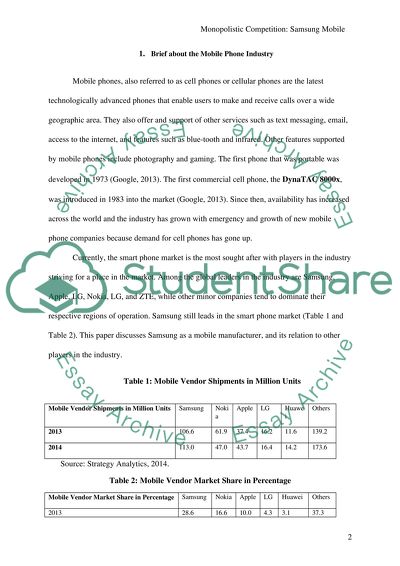Cite this document
(“Monopolistic competition Research Paper Example | Topics and Well Written Essays - 1500 words”, n.d.)
Monopolistic competition Research Paper Example | Topics and Well Written Essays - 1500 words. Retrieved from https://studentshare.org/macro-microeconomics/1650322-monopolistic-competition
Monopolistic competition Research Paper Example | Topics and Well Written Essays - 1500 words. Retrieved from https://studentshare.org/macro-microeconomics/1650322-monopolistic-competition
(Monopolistic Competition Research Paper Example | Topics and Well Written Essays - 1500 Words)
Monopolistic Competition Research Paper Example | Topics and Well Written Essays - 1500 Words. https://studentshare.org/macro-microeconomics/1650322-monopolistic-competition.
Monopolistic Competition Research Paper Example | Topics and Well Written Essays - 1500 Words. https://studentshare.org/macro-microeconomics/1650322-monopolistic-competition.
“Monopolistic Competition Research Paper Example | Topics and Well Written Essays - 1500 Words”, n.d. https://studentshare.org/macro-microeconomics/1650322-monopolistic-competition.


